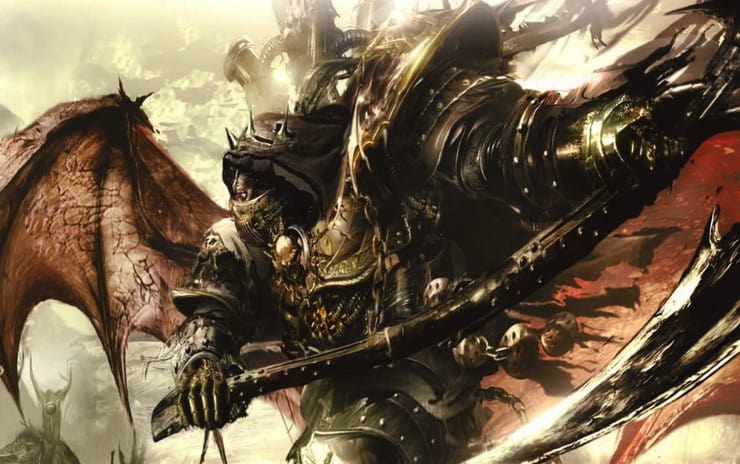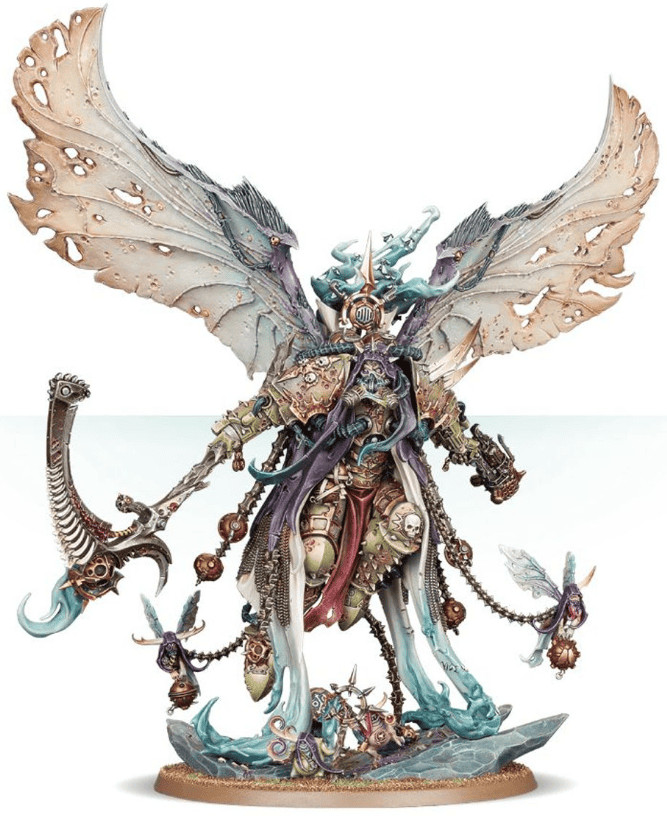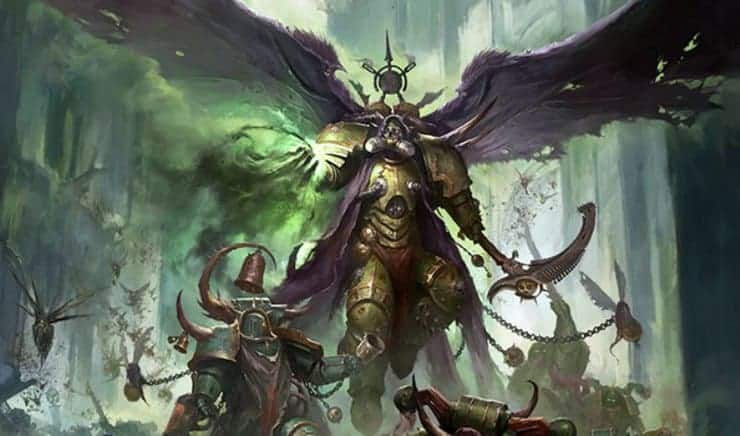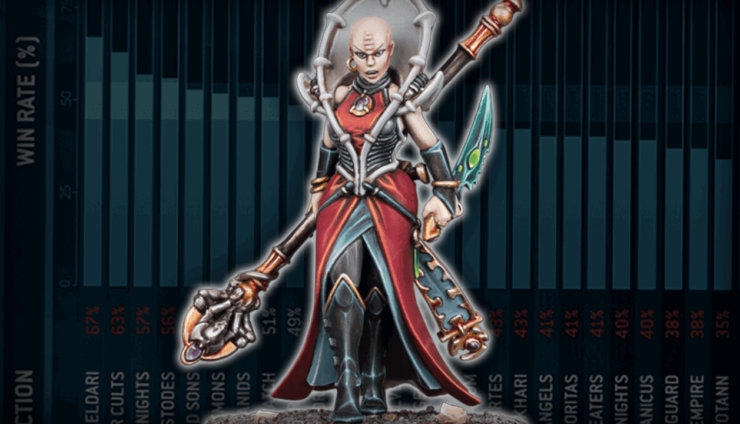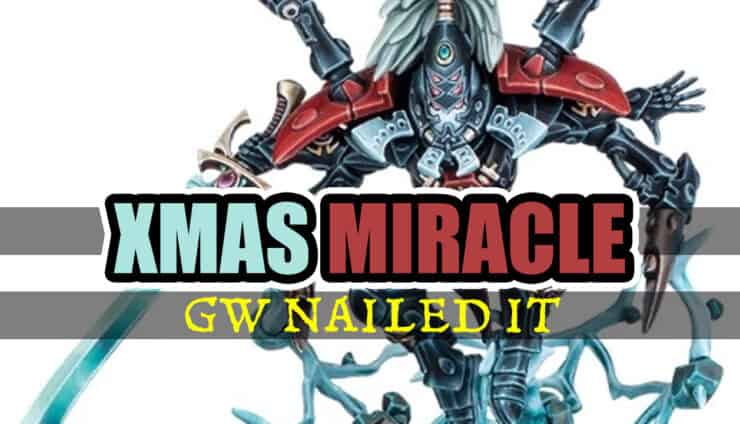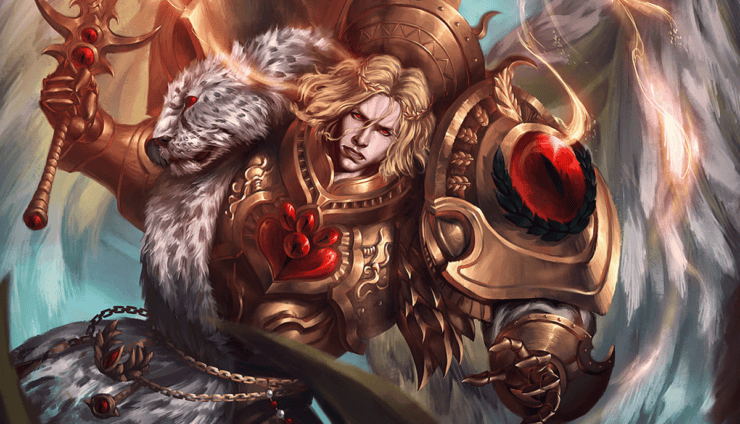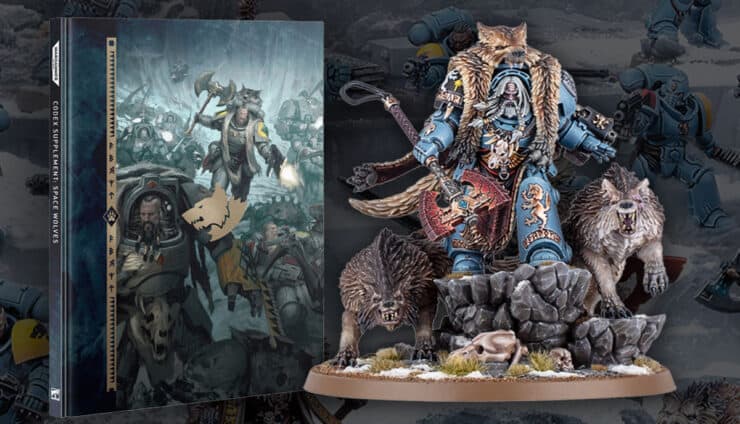Mortarion’s shocking transformation from loyal Primarch to Nurgle’s Daemon Lord of Chaos Space Marines in Warhammer 40k (w40k) lore; everything to know about The Pale King that rivals the Great Unclean One.
Updated May 1st, 2025, by Rob Baer with new information and links to relevant content.
Few stories in Warhammer 40k lore pack as much drama, betrayal, and cosmic rot as Mortarion’s shocking journey from a loyal Primarch to the sinister Daemon Lord of Nurgle. If you’re into tales of unwavering resolve turned to festering corruption, you’re in for a treat.
Mortarion’s saga isn’t just about a fall from grace; it’s a grim odyssey through toxic allegiances, heart-wrenching decisions, and the enduring allure of power. So, whether you’re here to catch up on the lore or to finally understand why Mortarion is called The Pale King, this tale has everything—loyalty, rebellion, and a whole lot of plague.
Mortarion’s Rise From Loyal Primarch to Nurgle’s Daemon Lord
Mortarion, one of the most compelling figures in Warhammer 40k lore, is a prime example of loyalty twisted by despair and manipulation. Born into the toxic death world of Barbarus, his tale is one of rebellion, tragedy, and an eventual descent into darkness.
Once a stalwart leader of the Death Guard, his transformation into Nurgle’s Daemon Lord is a cornerstone of Chaos Space Marines lore. Let’s peel back the layers of plague-ridden history to unpack how the grim figure known as The Pale King came to embody corruption on a galactic scale.
The Journey of Mortarion: From Primarch to Plague Lord
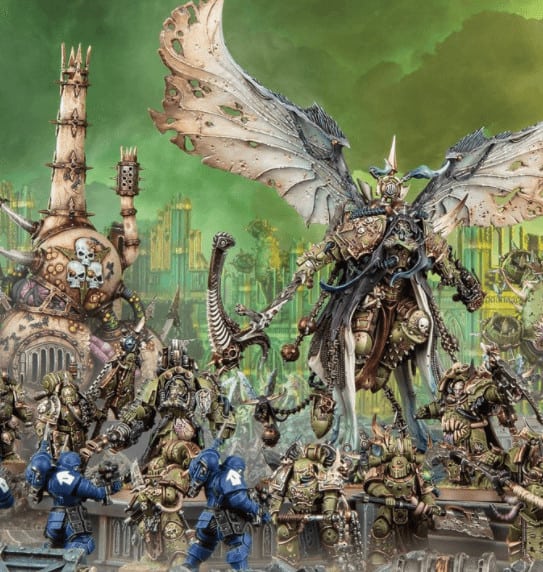
As leader of the Death Guard, Mortarion forged one of the Imperium’s most resilient and relentless forces. Yet, during the Horus Heresy, his mistrust of the Emperor and his disillusionment with the ideals of the Imperium made him susceptible to the whispers of Chaos. His eventual pact with Nurgle during the tragic events of the Heresy marked the beginning of his horrific transformation.
No longer a loyal servant of humanity, he became a harbinger of despair, a towering Daemon Prince who commands the rotting legions of the Death Guard. His alignment with Nurgle, the Chaos God of plague and decay, reshaped his body and soul, granting him unholy power but binding him eternally to corruption.
Why Mortarion Matters in Warhammer 40k
Mortarion isn’t just a tragic figure; he’s a symbol of how ideals can be warped under pressure. His enduring presence in Warhammer 40k reinforces the narrative of Chaos’s seductive grip. As one of the iconic Chaos Space Marines, he serves as a key antagonist, often clashing with the Imperium’s champions, including his loyalist brothers.
Mortarion’s unique role as a Death Guard Primarch turned Daemon Lord also adds depth to the 40k universe. His connection to Nurgle manifests in his troops, tactics, and the aesthetic of decay they embody. From his imposing model in tabletop gaming to his critical role in the Dark Imperium storyline, Mortarion remains a focal point for both lore and gameplay.
Origins of Mortarion: From Barbarus to the Emperor’s Service
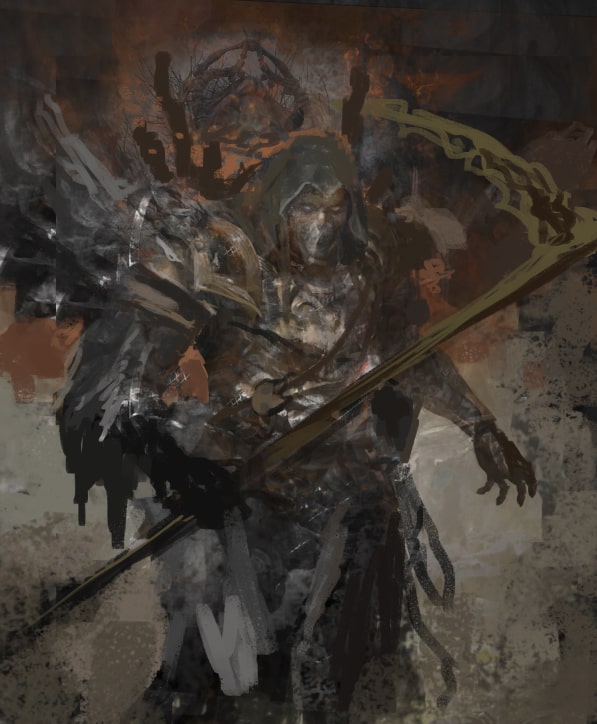
Unlike his fellow Primarchs, he didn’t immediately embrace his destiny as the Emperor of Mankind’s son. When the Emperor arrived on Barbarus, Mortarion was consumed by mistrust. Having spent his life fighting against tyrants, he saw the Emperor as yet another figure of control. Only after the Emperor intervened to save Mortarion in a battle against the planet’s overlords did the Primarch reluctantly pledge his allegiance to the Imperium.
From Primarch to Leader of the Death Guard
As the leader of the Death Guard, Mortarion commanded a Legion known for its unyielding endurance and grim determination. The Death Guard specialized in attritional warfare, grinding their enemies into submission with relentless efficiency. Mortarion’s hatred of weakness became a defining trait, pushing his warriors to endure unimaginable hardships.
But this relentless drive for resilience was his undoing. During the Horus Heresy, Mortarion’s growing disillusionment with the Imperium and his mistrust of the Emperor made him vulnerable to corruption. Lured by the promises of Horus and the whispers of Chaos, Mortarion led the Death Guard into the service of Nurgle, the Chaos God of plague and decay.
The Turning Point: Becoming a Daemon Prince
W40k Mortarion’s pact with Nurgle came at a terrible cost. During the Death Guard’s fateful journey through the Warp, they were afflicted by a supernatural plague that left them desperate for salvation. Nurgle offered deliverance, but the price was their souls. He and his Legion were transformed into grotesque, plague-ridden servants of Chaos, their humanity forever lost (and would be really cool to see represented in the Cavill Amazon series).
Now a Daemon Prince, Warhammer Mortarion reigns as a lord of decay, embodying Nurgle’s gifts of rot and ruin. Known as the Plague Lord and The Pale King, he commands the Death Guard in their ceaseless war against the Imperium. His hatred for the Emperor burns brighter than ever, driving his relentless crusade of despair across the galaxy.
Mortarion: A Loyal Primarch Turned Icon of Decay

A Key Player in the Great Crusade
As a Primarch, Mortarion’s contributions to the Great Crusade were as relentless as his battle tactics. The Death Guard became synonymous with endurance and unwavering resolve, grinding down enemies with brutal efficiency.
Mortarion’s disdain for weakness drove his Legion to achieve unparalleled feats on the battlefield, often serving as the vanguard in the Imperium’s most grueling campaigns. His belief in resilience shaped the Death Guard into a force that could withstand anything the galaxy threw at them—at least, almost anything.
Achievements with the Death Guard
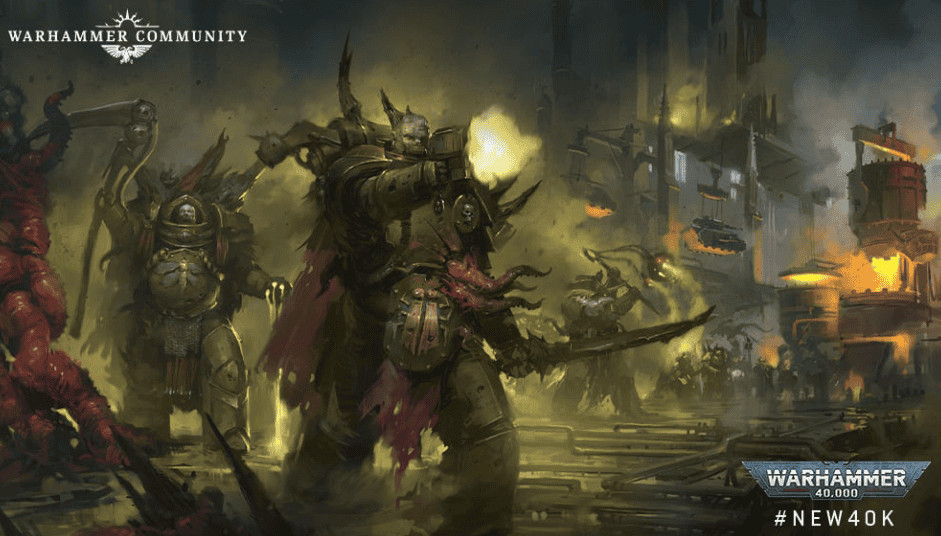
Their tenacity wasn’t just physical; it was deeply ingrained in their tactics. The Death Guard operated like a slow, crushing tide, using attrition and unbreakable formations to wear down even the mightiest foes. Under Mortarion’s leadership, they became a cornerstone of the Imperium’s expansion.
Bonds and Rivalries Among Primarchs
Warhammer 40k’s Mortarion’s relationships with his fellow Primarchs were as murky as the toxic fogs of Barbarus. His respect was hard-earned and often reserved for those who shared his grim practicality. That said, his mistrust of authority—and his simmering resentment toward the Emperor—often put him at odds with more idealistic brothers, like Sanguinius or Guilliman.
One of his most complex relationships was with Horus. Mortarion respected Horus’s tactical brilliance and leadership, which played a significant role in his eventual decision to side with him during the Horus Heresy. But his animosity toward other brothers, combined with his growing doubts about the Imperium, made him an easy target for the manipulations of Chaos.
The Turning Point: Horus Heresy
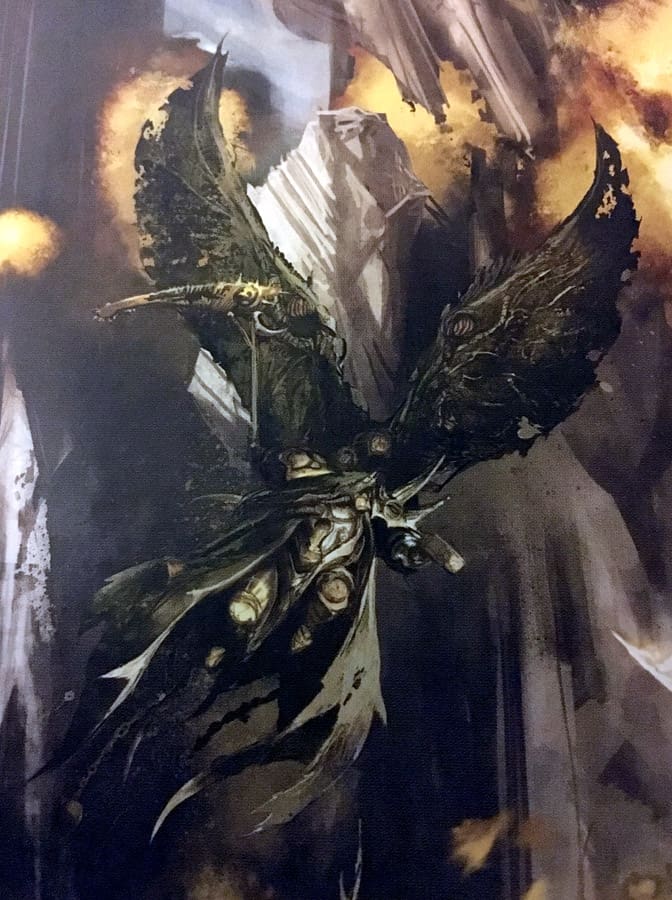
Disillusioned with the Emperor’s vision and frustrated by what he saw as hypocrisy, Mortarion was an easy target for Horus’s persuasion. His simmering resentment toward the Imperium’s leadership became the crack that Chaos would exploit to devastating effect.
Mortarion’s Betrayal
His betrayal wasn’t an immediate plunge into Chaos but a gradual unraveling of his loyalty. Once a champion of humanity’s survival, his ideals were poisoned by bitterness and doubt. Mortarion believed the Emperor had overstepped his bounds, portraying himself as a god rather than a guide. This ideological break set the stage for his Legion, the Death Guard, to align with Horus and the traitor forces.
The Death Guard, already known for their endurance and grim determination, became a terrifying force in the Heresy. Mortarion led his warriors with a cold efficiency, but his growing disdain for the Imperium’s ideals pushed him further from the light he once served.
Alliance with Chaos Space Marines
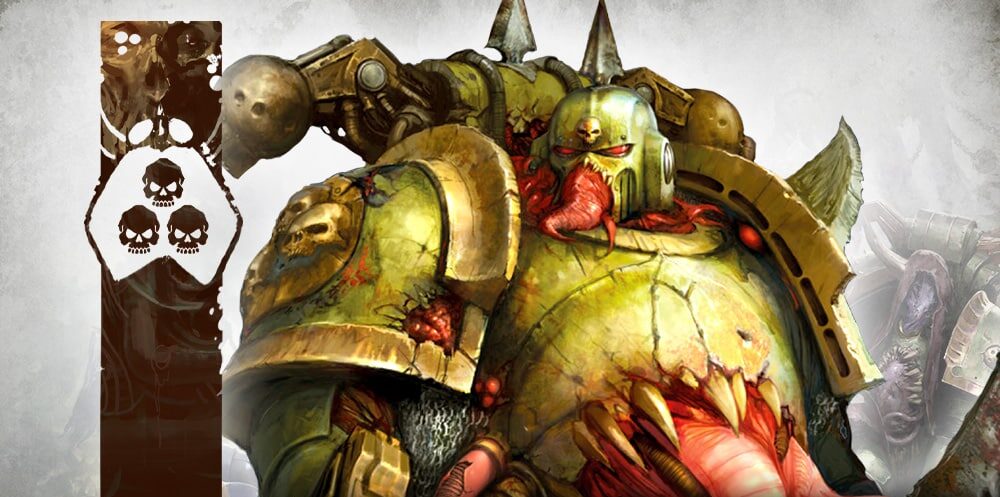
The transformation was horrifying. Mortarion and his warriors were reborn as grotesque harbingers of rot, forever bound to Nurgle. This pact solidified their place among the Chaos Space Marines, turning the Death Guard into one of the most feared Legions in the galaxy.
Transition to Chaos: Becoming a Daemon Prince
Mortarion’s transition to Daemon Prince was the final step in his descent. Nurgle elevated him to this unholy status, transforming the once-proud Primarch into a being of decay and ruin. Now known as The Pale King and the Plague Lord, Mortarion commands his rotting legions with the power of a god. His presence looms large in Warhammer 40k lore, symbolizing the relentless pull of corruption and the price of despair.
Mortarion’s fall from loyal warrior to a Daemon Prince of Chaos continues to shape the narrative of Warhammer 40k, his legacy cemented as a cautionary tale of ambition gone awry.
Nurgle’s Champion: The Great Unclean One
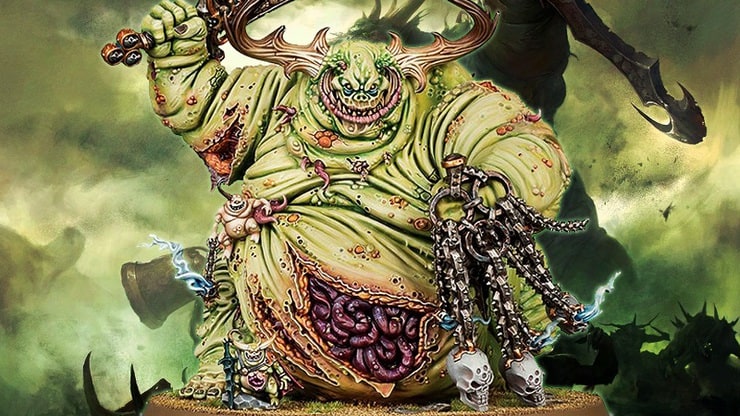
The god of pestilence didn’t just offer Mortarion power; he gave him a purpose steeped in rot and ruin. Now, Mortarion embodies Nurgle’s gifts, spreading plagues across the galaxy like a grim gardener cultivating despair.
The relationship between Mortarion and Nurgle is both twisted and oddly poetic. Mortarion, once defined by his hatred of oppression, is now an instrument of a god whose domain is decay.
But unlike other Chaos Gods, Nurgle doesn’t rule through terror alone because we all know a Great Unclean One loves his followers. He offers resilience—at a terrible cost. Mortarion accepted that deal, ensuring his place as one of Nurgle’s most powerful champions.
Mortarion as The Pale King
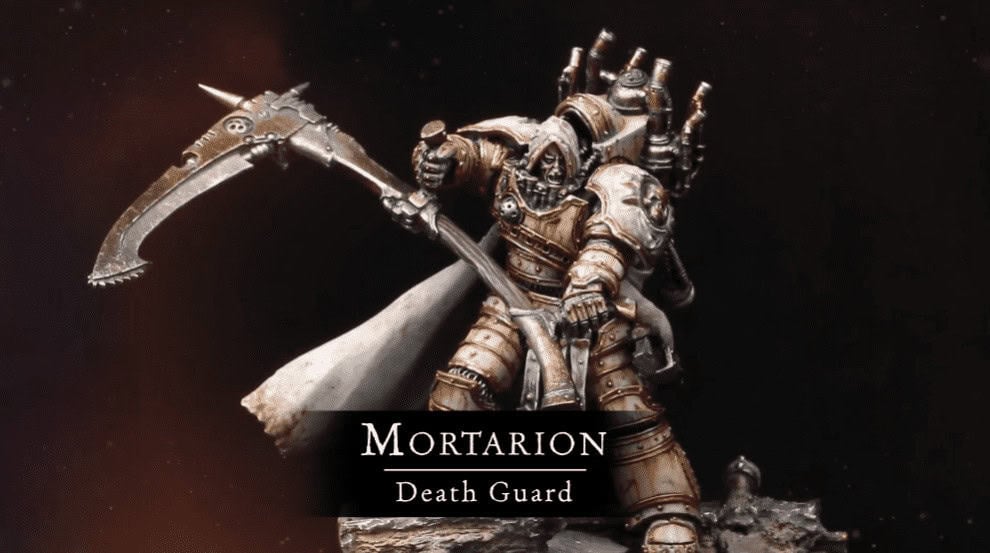
His influence is seen not just in his physical form but in the corruption that surrounds him. Fields of battle become swamps of pestilence, and even the strongest enemies struggle against the relentless diseases that follow in his wake.
This duality—the tragic shadow of his past and the terrifying reality of his present—makes Mortarion one of the most fascinating figures in Warhammer 40k. He is a reminder of how ideals can twist into nightmares when compromised by pride and despair.
Impact on the Death Guard
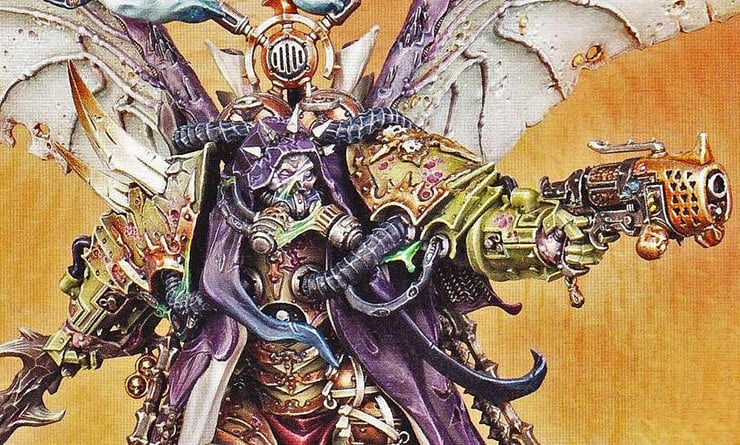
Disease is no longer a hindrance but a weapon, and suffering is their way of life. The Great Unclean One’s influence has given the Death Guard a horrifying edge, making them an unyielding force on the battlefield.
The Dark Imperium Era
In the Dark Imperium era, Mortarion takes his campaign of corruption to new heights. His hatred for the Emperor and the Imperium fuels his crusades, often clashing with his brother Guilliman. As the Plague Lord, Mortarion ensures that Nurgle’s gifts continue to rot away at the galaxy’s hope and resistance.
Mortarion’s Influence and Legacy
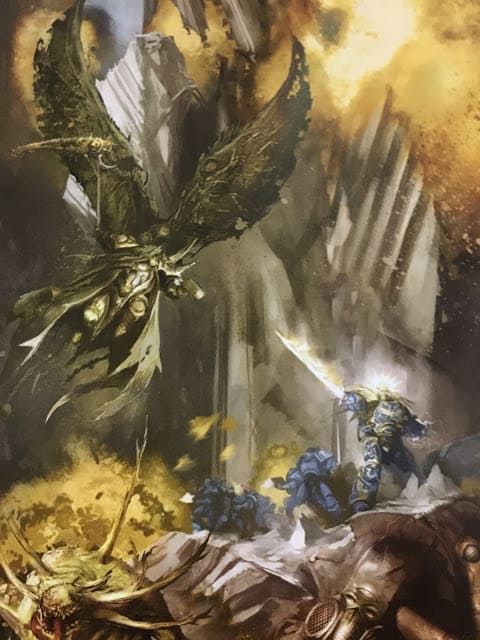
Influence on Warhammer 40k Culture
Mortarion is more than a character; he’s a symbol of grim determination warped by despair. His fall from a loyal Death Guard Primarch to the Plague Lord of Nurgle offers one of the most compelling arcs in 40k lore. Fans love to dissect his journey, debating his motivations and the tragedy of his choices.
As the commander of the Death Guard, Mortarion’s grim philosophy of resilience resonates with the faction’s aesthetic and tactics, defining how they play on the tabletop and their thematic role in the narrative.
Mortarion’s feud with his brother, Roboute Guilliman, also fuels much of the drama in the Dark Imperium era. Their battles embody the clash of hope and decay, making Mortarion’s presence vital to the overarching story of Warhammer 40k.
Representations: Mortarion Model and Art

Mortarion art further cements his place as one of the most iconic characters in Warhammer lore. Illustrations depict him as the embodiment of decay, with an unsettling mix of grotesque details and haunting beauty. The visuals of The Pale King serve as a chilling reminder of Nurgle’s influence and Mortarion’s relentless drive to spread the gifts of the Great Unclean One.
Ongoing Role in Warhammer 40k
Mortarion’s story continues to evolve as Warhammer 40k marches forward. In the Dark Imperium era, his role as a relentless antagonist solidifies his impact on the galaxy. As the Plague Lord, he’s a key figure in the ongoing struggle between the Imperium and Chaos. His presence looms over every battle his forces fight, from the plague-ridden Death Guard to his direct confrontations with Guilliman.
Mortarion: A Tragic Tale of Decay and Power
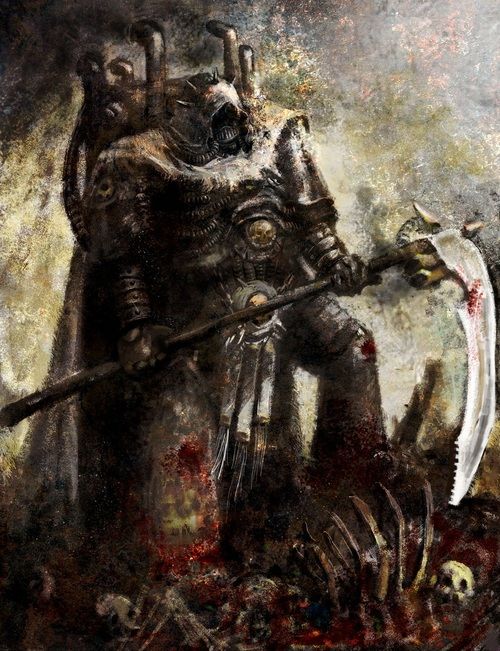
Where Does Daemon Prince Mortarion Live?
Mortarion resides in the diseased realm of the Plague Planet within the Warp. This world, a gift from Nurgle, serves as his corrupted home and base of operations. Shrouded in toxic mists and crawling with decay, the Plague Planet reflects Mortarion’s soul—a twisted shadow of the purity he once sought. From this festering domain, he leads the Death Guard in their eternal war against the Imperium.
Can Mortarion Be Redeemed?
Redemption seems out of reach for Mortarion. Bound to Nurgle as a Daemon Prince, his transformation is both physical and spiritual, leaving little trace of the man he once was. While some Primarchs, like Magnus the Red, show moments of doubt or reflection, Mortarion’s hatred for the Emperor and his unyielding devotion to Nurgle suggest he’s far past any hope of returning to the light.
Did Jaghatai Khan Kill Mortarion?
Despite dramatic clashes between Jaghatai Khan and Mortarion during the Horus Heresy, the answer is no—Jaghatai Khan did not kill Mortarion. Their battles, including a legendary duel on Prospero, showcased their contrasting philosophies and fighting styles but ended without a definitive victory for either. Both Primarchs survived their confrontations, carrying their enmity into the ages.
Can I Use Horus Heresy Mortarion in 40k?
Yes, you can field Mortarion in Warhammer 40k, but you’ll need the specific rules for his 40k incarnation. The Horus Heresy-era Mortarion represents him as a loyalist Primarch, while his 40k version reflects his Daemon Prince form, complete with devastating abilities and his ties to Nurgle.
How to Paint Mortarion 40k
Painting Mortarion requires a mix of patience and creativity. His model is incredibly detailed, with layers of plague-ridden armor, ethereal wings, and his iconic scythe, Silence. Start with base coats of greens and browns to capture his decay-infused palette, then add highlights and washes to emphasize the grotesque textures. Nurgle’s Rot technical paint is perfect for adding a sickly, slimy finish.
Final Thoughts of Mortarion’s Transformation
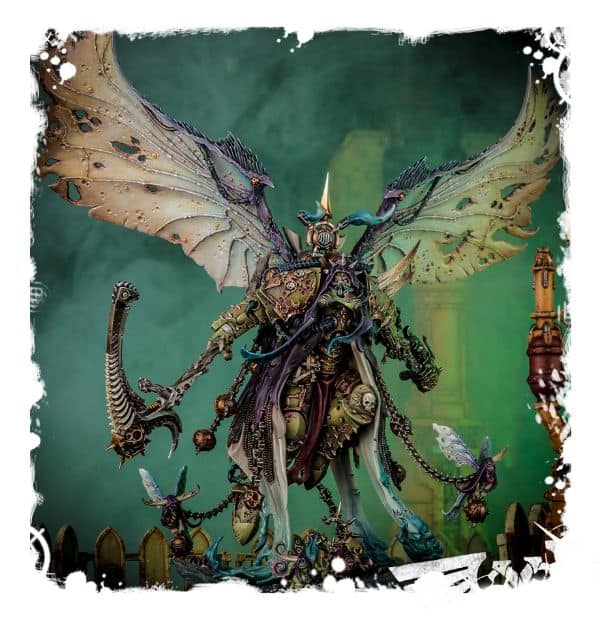
40k Factions Explained: Nurgle’s Death Guard
What do you think about the Death Guard, Nurgle (and, of course, the Great Unclean One), and Mortarion in Warhammer 40k?
